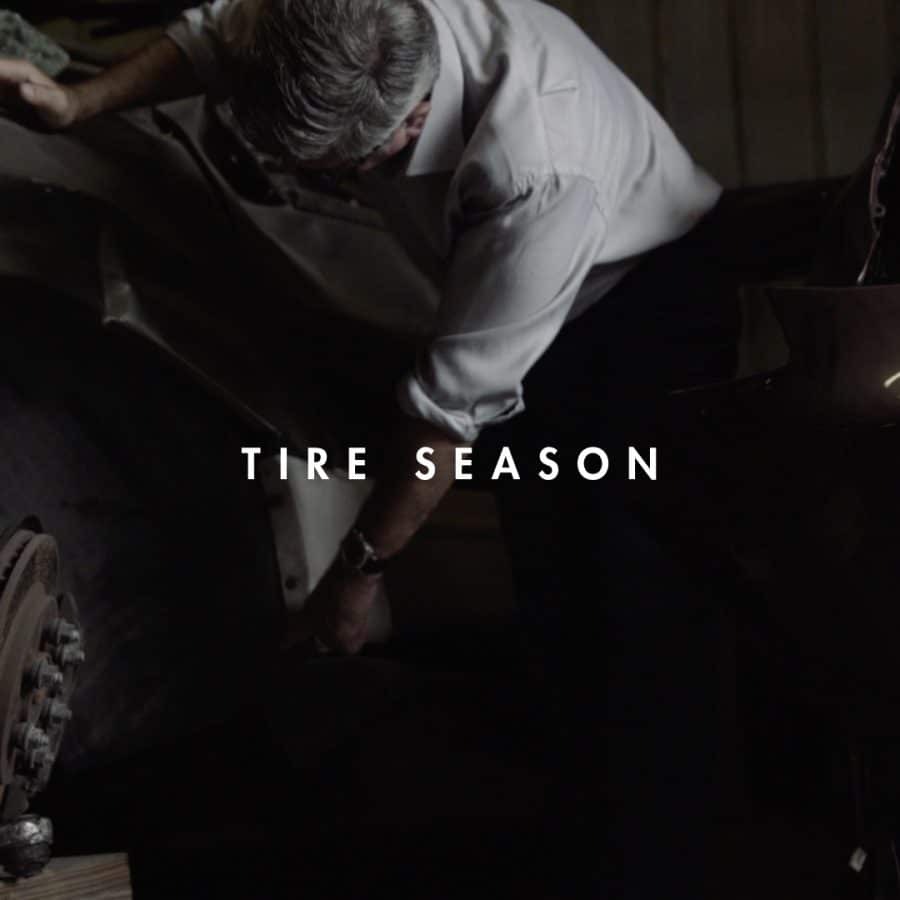Every summer, our law firm sees an increase in the number of consumers seriously hurt and killed as a result of tire failures. There are a few basic reasons for this “summer” trend. Significantly, the single largest component in modern steel-belted radial tires is natural rubber, which can degrade when exposed to heat, humidity and sunlight. Additionally, consumers generally drive more during this time of year, with many families taking long-distance trips at highway speeds. Defective tires are often unable to withstand the degradation caused by high temperatures and increased driving on hot asphalt, increasing the chance that the tire may literally fall apart while the vehicle is being driven (this is referred to as a “tread belt separation”).
Given the increased risk of tire failure, consumer attorneys should be particularly mindful to keep an eye out for potential tire defect cases during this time of year. Tell-tale signs to look for include reports of a loud “pop” or a feeling that the vehicle is being pulled to one direction or the other, followed by a loss of control and collision with another vehicle or fixed object, or possibly a rollover crash sequence. Other common signs include visible damage to the tire, accelerated or spot wear (more wear in only one area of the tire), or other abnormalities with one or more of the tires involved.
Like other types of products, tires can be defective due to a bad design, poor manufacturing techniques, or a lack of adequate warnings. For example, a tire manufacturer may decide to use cheap, low quality material when constructing the tire, leading to a lack of robustness and causing the tire to be unable to withstand foreseeable driving conditions during the summer months. Additionally, the manufacturer may not utilize adequate quality control procedures during the manufacturing process to catch defective tires before they leave the plant.
Tire aging is another problem commonly seen in summer-time crashes. Tires degrade over time due to the natural interaction between rubber and oxygen. As a result of this process, tires should be discarded after they have aged 6 years form their date of manufacture; otherwise, they stand an increased risk of failure, particular during the summer months when the added risk factor of heat is added to the equation. Unfortunately, clear guidance and information about tire aging is not readily available to the public; as a result, the average consumer simply is not aware that tires have a shelf life. Additionally, tires do not display their age in an easy to read fashion. Instead, the age of the tire is buried in a code on the sidewall, and most consumers do not understand how to decipher that code.
Once a potential tire case has been identified, the attorney must act quickly to preserve both the scene and the relevant evidence, including the tire carcass, the tread, and the vehicles involved in the crash. Time is a critical factor in this process as pieces of the tread may go missing over time as the grass next to the roadway is mowed, trash is picked, etc. Additionally, it is vital to document where all of the evidence is located at the crash site. In particular, the location of pieces of tread that dislodged from the tire can be critical to establishing the existence of a defect that caused the crash. For these reasons, it is often best to conduct a formal survey of the crash site.
Tire lawsuits are important because they are often the only means for injured consumers and their families to obtain the economic relief they need to rebuild their life. Tire lawsuits also serve as powerful economic incentives to force tire manufacturers and others to ensure that only safe tires reach our roadways. For these reasons, it is incredibly important for consumer attorneys to keep a look out for tire defect cases, particularly during the summer months, and to properly preserve the scene and evidence whenever a case is identified.
Feel free to give us a call or shoot us an email if you have any questions about a identifying a tire defect case, or preserving the scene or evidence. We are always glad to help.


